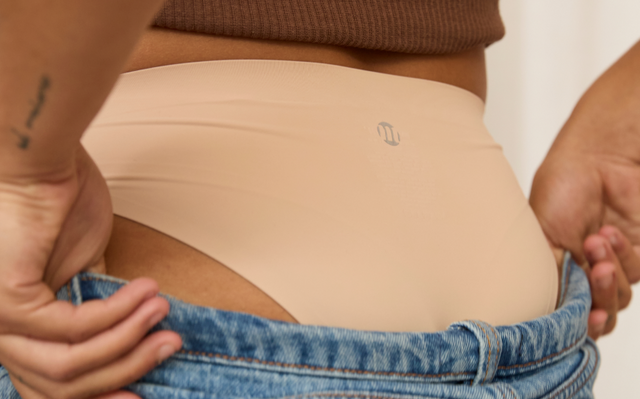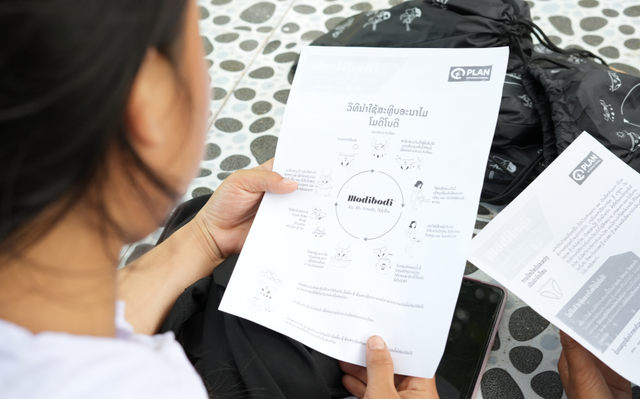Last week, I nervously awaited my appointment with the gynaecologist. After starting my Instagram account @MyPelvicPain, to raise awareness and to share my experience with my pelvic floor disorder I now had a new avenue to go down. So many, loving, supportive gals got in touch and asked me if I had ever investigated Endometritis, I had not. The more we chatted, the more I learnt that we shared similar symptoms, that bladder and bowel pain were also symptoms of endo and that the average time before being diagnosed is 7.5 years. So here I was, at the gynaecologist clinic, ready to get some answers and boy did I get them.
So, I went in, letters upon letters of my medical history clutched in my hands and was directed to the familiar table, white paper already laid out for me. I was then given an internal vaginal ultrasound, by what I can only describe as an ultrasound dildo?! And there we had it, silence. Usually during scans or tests you have some chit chat, discuss the weather, something to do with the news, oh do you have any siblings? But nada, it was quiet and still and then it was over. My scan had confirmed Adenomyosis and suspected Endometritis. My head was spinning, I had heard about Endo, but Adenomyosis I hadn’t a clue about that and I’m going to assume you haven’t heard of it either. But I am so grateful to have received this news now, so I can share with you what I have learnt about this often common, misdiagnosed condition.
Adenomyosis (ad-uh-no-my-o-sis) is when the endometrial tissue that lines the uterus grows into the uterus wall. This can cause incredibly painful periods and an enlarged, swollen uterus. There currently is no known cause of the condition with the only cure being a hysterectomy.
The most common symptom is intense pain during your period. I’d always experienced pain that would make me double over. Intense stabbing under my belly button that would leave me with nausea and the feeling you get when you stub your toe. I’d brought it up, many times throughout my life. I’d explain it to my doctor or nurse, and they’d shrug and just confirm what we’ve always been taught, periods are painful. I’d just keep pushing myself on, ignoring the pain and assuming every other gal or those assigned female at birth were suffering the exact same thing.

Other symptoms include bleeding between periods, uterine cramping, a tender & swollen uterus, painful sex, a pressure feeling in your bladder or rectum and painful bladder and bowel movements. These symptoms can make it impossible to continue life as normal when on your period or in a flare, with some experiencing the symptoms daily, regardless of when their period is due.
According to the NHS, up to 1 in 10 women are affected by adenomyosis, yet a third of them won't know they have it as they don’t experience any symptoms. The method to get a diagnosis can be tricky, but the common route to go is having an internal vaginal ultrasound (again with the dildo ultrasound) or an MRI. Adenomyosis is not the same as Endometritis, but 40% of those who suffer severe Endo will have the condition.
Treatment options vary, with non-invasive procedures such as hormone tablets and the Mirena coil to help reduce pain and bleeding. Or a treatment called uterine artery embolism which works by cutting off the blood supply to the adenomyosis. It’s less invasive than a hysterectomy but isn’t long-term and the pain may return in a couple of years.
After I took a day to decompress, all the dots began to join together, and the overwhelming feeling of understanding began. All of those things I had brushed off, never being able to find a cause for my pelvic floor dysfunction, the internal cramping that felt like my insides were falling out, it all clicked, and the cycle was complete. This is by no means the end of my journey of discovering the causes of my pelvic pain and which route to management I should take. I still have suspected Endometritis so there’s going to be another path to take in the near future.
This is really just the beginning and I was incredibly lucky to have learnt this news during Adenomyosis awareness month. There is little research into this condition and still no known cause, but the more we talk about it and share our stories and experiences, the more we bring this condition into the mainstream and challenge the period misconceptions. Painful periods are not necessarily normal, your pain IS REAL, and I believe you. Together we can change the conversation and empower one another to love ourselves and our bodies and not hate or judge it because of the things it cannot do.
I’m Sarah Rose, I have Pelvic Floor Dysfunction & Adenomyosis & I’m beginning to learn that my body is one hell of a badass!








